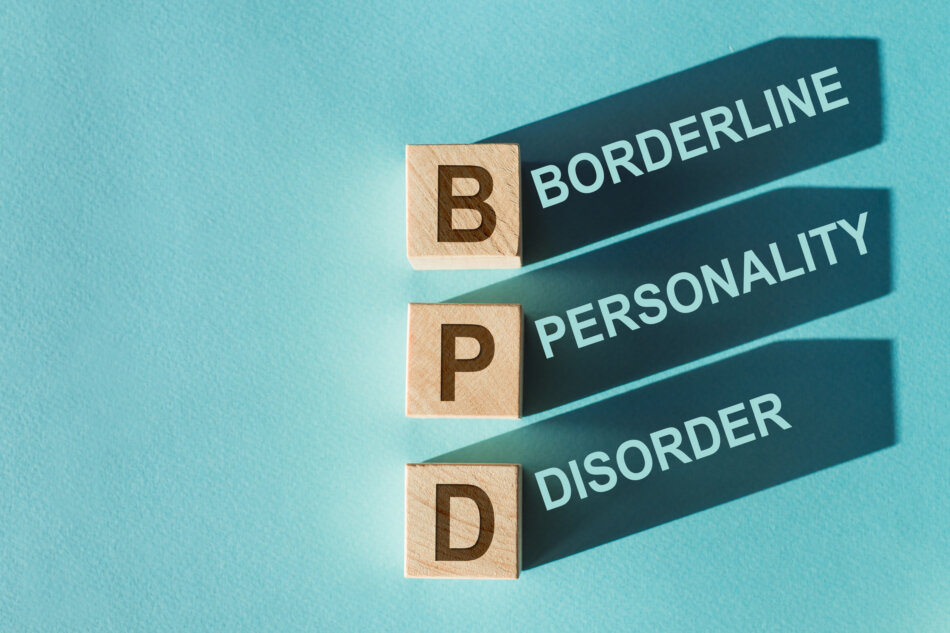Finding the right therapy program using equine and expressive modalities can transform your teen’s engagement and progress. If your child struggles to open up in traditional talk therapy, hands-on approaches like equine-assisted psychotherapy and expressive arts can build emotional regulation, confidence, and communication skills. These experiential therapies often work alongside clinical counseling and in many cases are covered by insurance, making them accessible within a teen holistic therapy program or other teen holistic therapy that accepts insurance.
Understand equine and expressive therapy
A therapy program using equine and expressive modalities combines structured interactions with horses and creative arts activities to address emotional and behavioral challenges. In equine-assisted psychotherapy (EAP), a mental health professional and an equine specialist guide your teen through non-riding activities such as grooming, leading, and observing horses in a fenced area. Research shows that these interactions lower cortisol, regulate heart rate, promote relaxation and trust building, and foster emotional awareness and coping strategies in individuals with trauma and anxiety [1].
Expressive arts modalities—such as art, music, drama, movement, and writing—use creative processes to help your teen externalize thoughts and feelings. This approach draws on psychodynamic, cognitive behavioral, and mindfulness-based techniques to tailor treatment to individual needs, improving creativity, emotional clarity, and overall mood [2].
By blending equine-assisted activities with expressive arts, these holistic therapies offer an experiential learning environment that can feel more engaging for teens who find traditional talk therapy intimidating.
Explore therapeutic modalities
When you evaluate programs, look for a balanced mix of modalities suited to your teen’s needs. The table below summarizes common options:
| Modality | Description | Sample benefit |
|---|---|---|
| Equine-assisted psychotherapy | Structured, ground-based horse interactions to build trust and emotional regulation | Better emotion awareness |
| Art and music therapy | Creative expression through painting, drawing, songwriting or instrument play | Enhanced self-expression art and music therapy for teens |
| Dance and movement therapy | Body-based activities that release tension and improve nonverbal communication | Increased body awareness |
| Outdoor and adventure therapy | Guided wilderness activities and challenges to foster resilience and teamwork outdoor therapy and adventure programs for teens | Strengthened problem-solving skills |
| Mindfulness and yoga therapy | Breathing exercises, guided meditation, and yoga for stress reduction and self-regulation mindfulness and yoga therapy for teenagers | Improved focus and calm |
| Integrative experiential therapy | Hybrid models combining equine-assisted work, expressive arts, EMDR, sensorimotor approaches | Deepened emotional processing |
Equine-assisted psychotherapy
In EAP, your teen works one-on-one or in a small group to complete tasks like leading a horse through an obstacle course or grooming its coat. After each activity, the therapist and specialist process emotions, behaviors, and insights. This experiential format helps teens:
- Build trust and healthy boundaries
- Develop nonverbal communication skills
- Practice leadership and responsibility
Programs vary in intensity, from weekly outpatient sessions to residential retreats. You can learn more about specialized options in our guide to equine therapy for adolescents.
Expressive arts approaches
Expressive arts modalities tap into creativity to explore feelings that might be hard to articulate verbally. Common formats include:
Art and music therapy
Through drawing, painting or playing instruments, your teen can safely project inner experiences into tangible forms. A credentialed art or music therapist will guide discussions about symbols, colors, lyrics or melodies to connect creative choices with underlying emotions.
Dance and movement therapy
Using guided movement and choreography, this approach helps teens release tension, practice body-mind integration and strengthen nonverbal expression. Movement sequences often mirror emotional states, allowing deeper insight and catharsis.
Outdoor and adventure therapy
Outdoor programs use activities such as rock climbing, ropes courses or hiking to cultivate resilience, teamwork and self-esteem. Facing physical challenges in nature encourages your teen to develop problem-solving strategies and peer support networks.
Mindfulness and yoga therapy
Mindfulness practices and yoga foster self-regulation by teaching controlled breathing, body scanning and gentle postures. Teens learn to observe thoughts without judgment, reducing anxiety and improving concentration.
Integrative experiential therapy
Some programs blend equine work with expressive arts and trauma-focused methods. For example, Healing Pathways LLC integrates equine-assisted psychotherapy with expressive arts and alternative EMDR techniques—using tactile stimulation like grooming a horse or art-based bilateral stimulation—to regulate the nervous system and process traumatic memories [3]. Sanctuary Stables offers an Equine-Assisted Expressive Arts Therapy model that merges visual art, movement, music, drama and writing with horse interactions for sensorimotor exploration and hemispheric integration [4].
Assess program benefits
Holistic therapies using equine and expressive modalities deliver a range of advantages that support teen mental health alongside clinical care:
- Emotional regulation: Interactive exercises help teens identify and manage strong feelings in the moment. A 2022 randomized trial at Behman Hospital in Cairo found significant improvements in emotion regulation—higher cognitive reappraisal and lower expressive suppression—in patients with substance use disorders after six weeks of non-riding equine therapy compared to standard care [5].
- Confidence and self-efficacy: Hands-on successes—whether guiding a 1,000-pound horse through an obstacle or completing an art project—build tangible proof of capability. The same Egyptian study reported increased general self-efficacy and self-esteem following equine interventions.
- Communication skills: Processing experiences in group or dyadic settings promotes clear verbal and nonverbal expression. In expressive arts sessions, sharing creative work encourages dialogue about hidden emotions.
- Coping strategies: Mindfulness practices, reflective journaling and therapeutic play equip teens with tools they can use independently when stress arises.
By reinforcing these skills, experiential and creative therapies lay a strong foundation for long-term mental wellness.
Review insurance and costs
Many insurance plans recognize equine-assisted and expressive therapies as complementary treatments. To confirm coverage:
- Contact your provider’s member services and ask if they cover “equine-assisted psychotherapy” or “expressive arts therapy.”
- Verify if sessions require preauthorization or a clinical diagnosis.
- Ask about out-of-network benefits, if the program is not in your insurer’s directory.
- Explore sliding-scale fees or scholarship opportunities for private programs.
You can research programs that accept coverage in our directory of experiential therapy that accepts insurance and teen holistic therapy that accepts insurance. Some residential and day programs bundle clinical counseling, equine work and expressive arts under a single fee, which may simplify billing.
Find accredited providers
When you’re ready to choose a program, look for these credentials:
- Eagala certification for equine-assisted psychotherapy practitioners.
- Licensed art, music or dance/movement therapists with state credentials.
- Mental health licenses (LMFT, LPC, LCSW, psychologist) for supervising therapists.
- Specialized certifications in trauma-focused modalities such as EMDR or DBT.
Start by searching directories like the Eagala Provider Locator or the American Art Therapy Association. Ask for references and read client testimonials. If possible, tour facilities to observe safety protocols, horse care standards and creative studios. For more on experiential options, visit our articles on expressive therapy for teens and experiential dbt and mindfulness for adolescents.
Integrate with clinical care
To maximize outcomes, coordinate holistic therapies with your teen’s existing treatment team:
- Share session goals and progress notes between the experiential therapist and your teen’s counselor or psychiatrist.
- Align therapeutic objectives—such as reducing anxiety or improving peer communication—across modalities.
- Schedule regular check-ins involving all providers to adjust plans and celebrate milestones.
- Encourage your teen to practice coping techniques learned in sessions during clinical visits.
This collaborative approach ensures that your teen’s expressive breakthroughs inform clinical strategies, creating a cohesive path toward emotional growth. You may also explore adjunctive options like therapy for teens who struggle to express emotions or holistic therapy for teen stress and self-awareness.
Support your teen at home
Your ongoing encouragement reinforces therapeutic gains:
- Create a dedicated art or music corner stocked with supplies.
- Practice mindfulness exercises or short yoga routines together.
- Schedule safe, supervised interactions with animals if possible—many farms and rescue centers offer volunteer days.
- Foster open dialogue about session insights without judgment.
- Celebrate each step, no matter how small.
By integrating experiential and expressive tools into daily life, you help your teen generalize coping skills and maintain momentum between professional sessions.
Choosing a therapy program using equine and expressive modalities can unlock new pathways to healing for your teen. With evidence-based benefits, insurance coverage and a team-based approach, these holistic options complement traditional therapy to build lasting emotional regulation, confidence and communication. Use this guide to explore accredited providers, verify benefits, and support your teen on a journey toward resilience and self-discovery.











